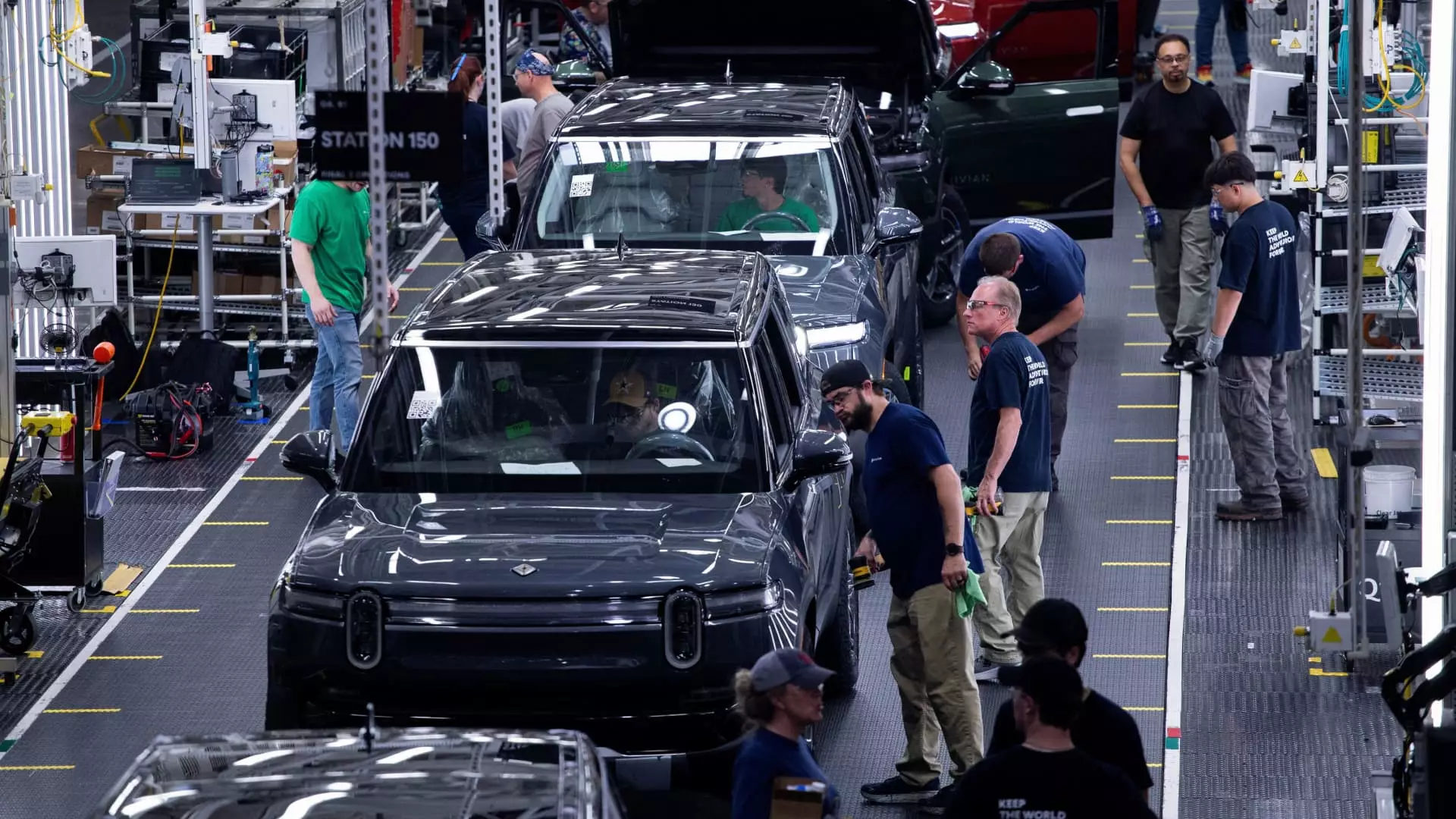The U.S. manufacturing sector experienced a slowdown in August, raising concerns about the overall state of the economy. According to the Institute for Supply Management (ISM) monthly survey of purchasing managers, only 47.2% reported expansion during the month, falling below the 50% breakeven point for activity. While this was a slight improvement from the previous month’s 46.8%, it still fell short of the Dow Jones consensus forecast of 47.9%. Timothy Fiore, chair of the ISM Manufacturing Business Survey Committee, acknowledged that demand remained weak, output declined, and there was a lack of willingness among companies to invest in capital and inventory due to uncertainties surrounding federal monetary policy and the upcoming elections.
The manufacturing contraction, indicated by the ISM survey results, has broader implications for the overall economy. While a reading above 42.5% generally suggests expansion, the current state of the manufacturing sector is not conducive to economic growth. The weak economic data released in August led to a sell-off in financial markets, with the S&P 500 experiencing an 8.5% decline before partially recovering. Following the latest ISM report, the Dow Jones Industrial Average dropped nearly 500 points, reflecting investor concerns about the health of the economy.
The continued weakness in manufacturing data has increased the likelihood of the Federal Reserve implementing an interest rate cut in the near future. Traders have raised the probability of a quarter-point reduction and even more aggressive half-point cut. The employment index in the ISM report improved slightly to 46%, while inventories increased to 50.3%. However, concerns about inflation persist, with the prices index rising to 54%, potentially complicating the Federal Reserve’s decision-making process regarding interest rates.
In addition to the ISM survey, the S&P Purchasing Managers’ Index (PMI) reading also showed a decline to 47.9 in August from 49.6 in July. This decrease, along with a downturn in the employment index and an increase in input costs, suggests that the manufacturing sector may continue to act as a drag on the economy in the third quarter. Forward-looking indicators point to a potential intensification of this drag in the coming months, according to industry experts like Chris Williamson, chief business economist at S&P Global Market Intelligence.
Overall, the data from both the ISM and PMI surveys indicate a challenging environment for U.S. manufacturing, with implications for the broader economy and financial markets. The potential for further rate cuts from the Federal Reserve highlights the need for proactive measures to address weaknesses in the manufacturing sector and sustain economic growth.

Leave a Reply